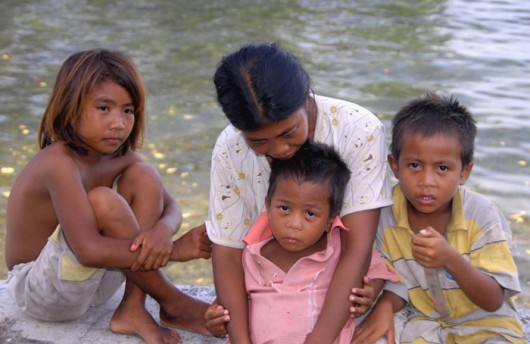
In 2013, 28 million Indonesians lived below the poverty line. Impoverished families throughout the nation were often too poor to afford healthcare and education for their children, leading to illness and injury that trapped them in generational poverty.
In an effort to break this generational cycle, the World Bank, in combination with the Ministry of Social Affairs, has created the Family Hope Program.
Financial and Developmental Aid
The Indonesian Family Hope Program works through a series of cash transfers. The money is given to parents who agree to participate in health and nutrition training, take their children to clinics when they’re ill and keep their children in school.
The program also provides startup money and skills training to parents. These micro-investments give families the means to become entrepreneurs and run their own family businesses, ensuring economic growth and generational development.
Health
Mothers participating in the program are encouraged to give their children the best possible start to life — beginning in the womb. The World Health Organization (WHO) recommends that women have four antenatal check-ups throughout the course of their pregnancy, thus lowering the risk of complications, infections and other life-threatening incidents through screenings. Yet, few women receive all four visits.
The Family Hope Program has increased the number of antenatal checkups by more than 7 percent. This establishes a precedent of continued family health. As mothers are healthier during and after pregnancy, children are healthier and receive better healthcare as a result. The 7 percent increase in antenatal care resulted in a mirrored raise in child immunizations by 7 percent.
The nutritional aspect of the program has also positively impacted childhood development, decreasing the number of children suffering from stunting by 5 percent. As a result of children being healthier, they are able to focus better and attend school.
Education
Along with the cash grants, more than 11,000 facilitators trained in education and nutrition hold seminars teaching mothers how to manage finances, improve the health of their families and aid their children in their studies.
The program has resulted in increased enrollment and school participation.
Many children from poor families stop attending school after completing their primary education, though not due to a lack of desire to attend. The program has removed financial barriers keeping children from continuing their education for the more than 3 million families that the program has reached.
Children now are 8 percent more likely to go on to secondary education and 10 percent more likely to enroll in junior secondary school. According to the United Nations, more education equals higher earning potential and better health, which are essential to end the generational poverty cycle.
– Claire Colby
Sources: NCBI, United Nations, World Bank, World Health Organization
Photo: PBase
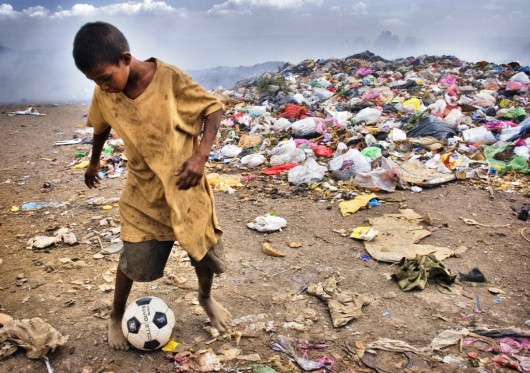

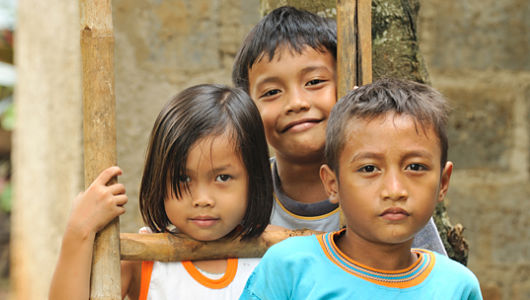
 Thousands of Bangladeshi refugees are escaping impoverished conditions and ethnic Rohingya are fleeing religious persecution. Human traffickers masquerading as smugglers promised them safe passage to Malaysia, but then held them for ransom on the border between Thailand and Malaysia until their families paid up huge sums of money.
Thousands of Bangladeshi refugees are escaping impoverished conditions and ethnic Rohingya are fleeing religious persecution. Human traffickers masquerading as smugglers promised them safe passage to Malaysia, but then held them for ransom on the border between Thailand and Malaysia until their families paid up huge sums of money.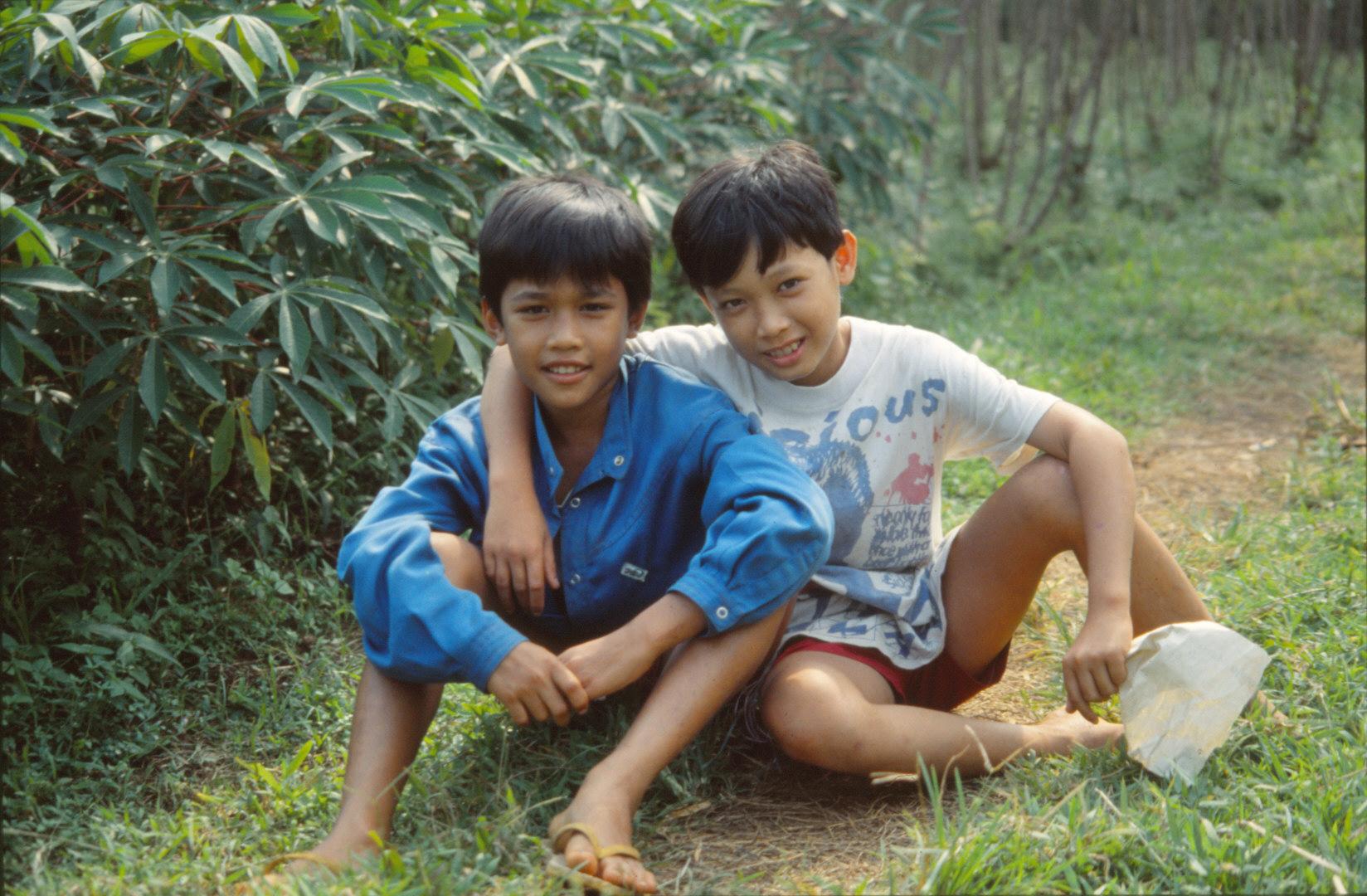 The Millennium Challenge Corporation is an independent, innovative foreign aid agency that is actively fighting global poverty. One of its projects, the Indonesia Compact, seeks to better the lives of those living below the poverty line in
The Millennium Challenge Corporation is an independent, innovative foreign aid agency that is actively fighting global poverty. One of its projects, the Indonesia Compact, seeks to better the lives of those living below the poverty line in 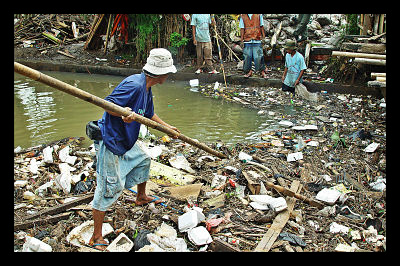
 President of Indonesia Joko Widodo, who was elected last year, is making
President of Indonesia Joko Widodo, who was elected last year, is making 
